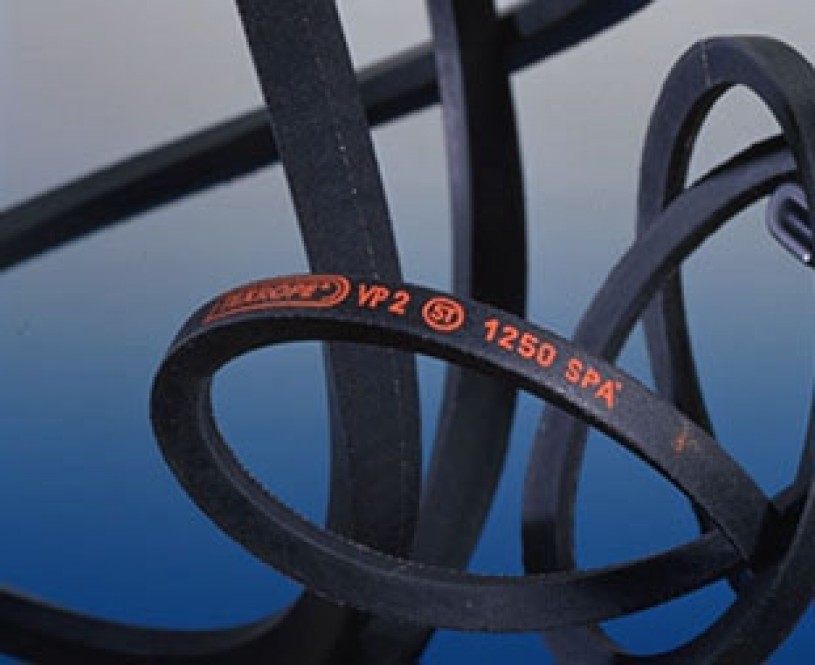V-Belts | Details to be known on its working
Belts such as V-Belts and Wedge Belts are widely used in industrial applications and during automotive repairs. Their names describe the type of belt since when they intersect, they resemble a V or wedge.Wedge and V-Belts are extremely popular due to their low cost, low noise, and high-efficiency characteristics. However, not all correas trapeciales are created equal, some will perform better depending on your project requirements.
Depending on the application, v-belts may be cogged, raw-edged, wrapped or banded – each of these types consists of two or more v-belts bonded together thus creating one belt that is guaranteed to be the same width as every other belt.V-Belts are grouped under the Power Transmission banner. Their two main functions are to transmit power from one shaft to another, as well as to either increase or decrease the speed of motion.As the latest development in power transmission belting, synchro belts are also known as timing belts because they combine the advantages of chains and gears with those of correas trapeciales. However, they do not come with the limitations normally associated with these types of drives.
The serpentine belt, also known as the Polyvee belt, consists of a single, endless conveyor belt with longitudinal grooves that mate perfectly with the v-grooves in the pulleys.As a result of the thin and one-piece flat belt design combined with the traction offered by multiple V-belts, Poly-V belts are far superior to both for many applications. Timing belts have replaced timer chains in many applications.A dual-sided timing belt is also available, which takes into account all of the precisions within a transmission that is fast and powerful. These belts are very durable yet slightly outdated.

How V-belts will work?
Base Rubber Compound – V-belts are mainly made of rubber compounds that act as shock absorbers when they are used.
Tensile Members – The V-belt is strong and capable of transmitting power thanks to the embedded tensile members. Tensile members are common in belts and can be defined as “cords” in the rubber.
As a Protective Cover – The V-belt is solid and equipped for communicating power because of the inserted elastic individuals. Malleable individuals are normal in belts and can be characterized as “strings” in the elastic.
By and large, these parts permit wrapped V-belts to fill their role as expected sending power and force starting with one pulley then onto the next by grinding based implies.


